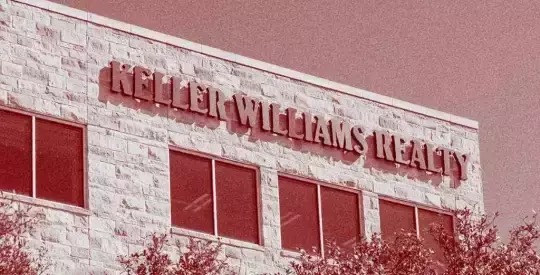
The mortgage market recently witnessed a notable upturn, primarily driven by a resurgence in refinancing activities. This positive shift suggests a responsive borrower base keen to capitalize on more favorable lending conditions. While home purchase applications showed a modest increase, the dominant narrative remains the impact of fluctuating interest rates on borrowers' financial decisions, particularly in the refinancing segment.
Mortgage Activity Rebounds as Rates Decline in Early August
In a significant development for the housing finance sector, data from the Mortgage Bankers Association's (MBA) weekly survey, concluding on August 8, 2025, revealed a robust 10.9% increase in mortgage applications from the prior week. On an unadjusted scale, the index experienced a 10% gain.
Refinance applications led this surge, jumping an impressive 23% week-over-week, marking their strongest performance since April. This substantial rise pushed the refinance share of total mortgage activity to 46.5%, up from 41.5% in the preceding week. Joel Kan, MBA’s vice president and deputy chief economist, highlighted that the 30-year fixed mortgage rate's decrease to 6.67% acted as a primary catalyst, particularly stimulating activity in conventional and VA loan categories. He observed that borrowers with larger loan balances, averaging $366,400, demonstrated increased sensitivity to these rate adjustments.
Furthermore, adjustable-rate mortgage (ARM) applications escalated by 25%, reaching their highest point since 2022, with ARMs constituting nearly 10% of all applications. Despite these positive movements, purchase applications showed a more tempered increase of just 1% compared to the previous week, though they remained 17% higher than the same period last year. The adjustable-rate mortgage (ARM) share of activity increased to 9.6% of total applications. Meanwhile, the FHA share saw a slight decrease from 18.5% to 18.4%, while the VA share rose from 13.3% to 14.2%. The USDA share remained stable at 0.5%.
Regarding interest rates, the average contract interest rate for 30-year fixed-rate mortgages with conforming loan balances saw a reduction. However, rates for 30-year fixed-rate mortgages with jumbo loan balances incrementally increased to 6.70% from 6.65%. FHA interest rates decreased to 6.40% from 6.47%, and the average contract interest rate for 15-year fixed-rate mortgages also fell to 5.93% from 6.03%. The average contract interest rate for 5/1 ARMs saw a notable drop from 6.06% to 5.80%.
From a journalistic standpoint, these developments underscore the delicate balance within the mortgage market, where even slight shifts in interest rates can significantly influence borrower behavior. The strong rebound in refinancing suggests a window of opportunity for homeowners to optimize their loan terms, indicating resilience and adaptability within the market. However, the relatively slower growth in purchase applications hints at ongoing challenges for prospective homebuyers, possibly due to persistent affordability issues or other market uncertainties. This dynamic interplay between rates and application volumes will remain a key indicator for the health and direction of the broader housing market.
